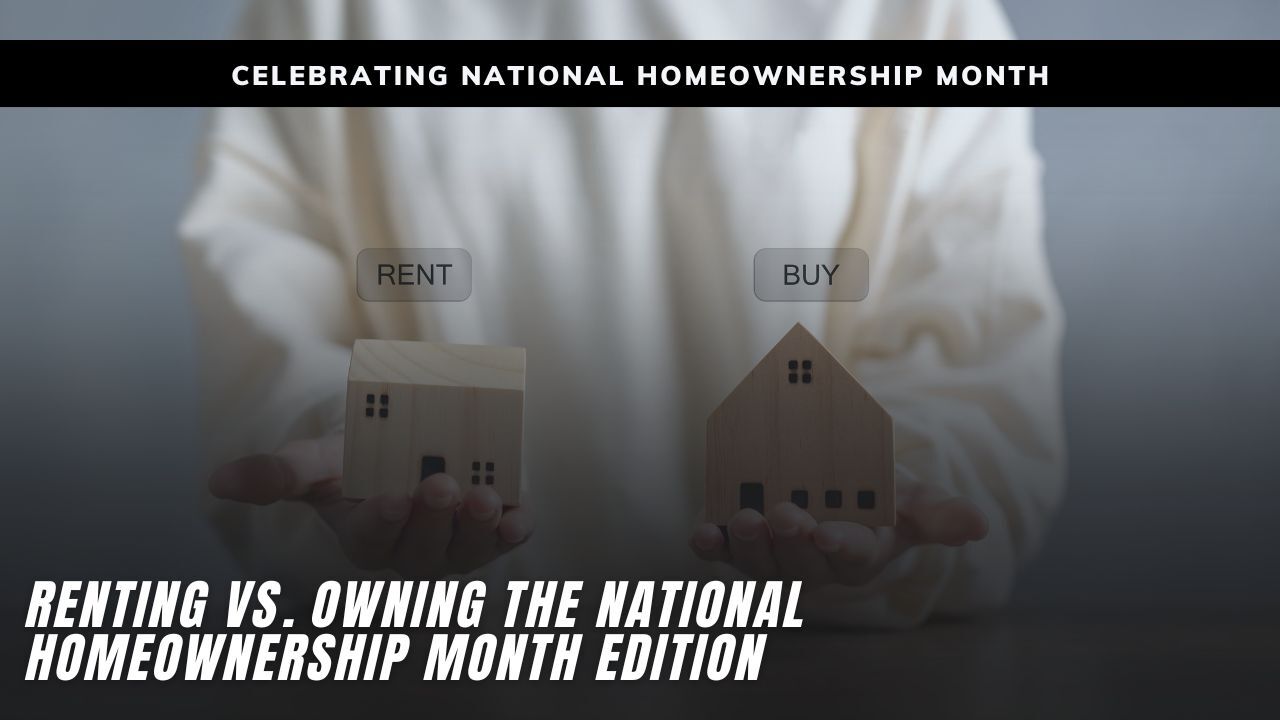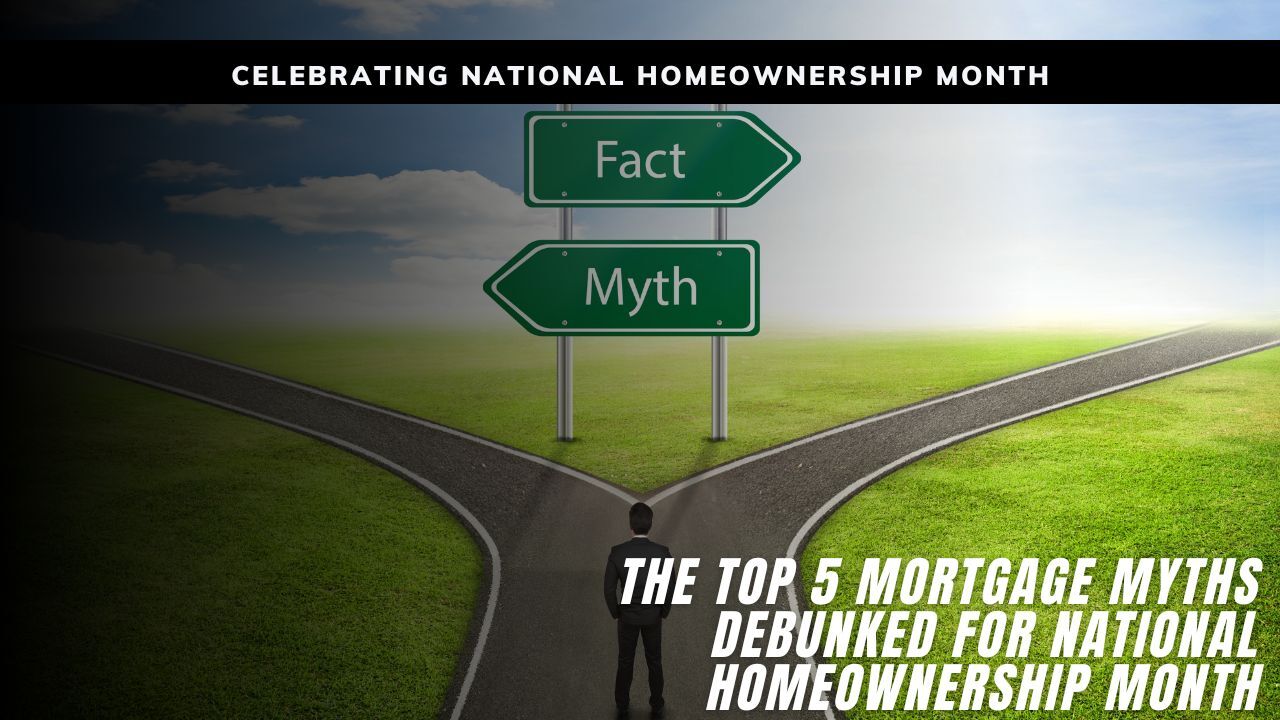Renting vs. Owning the National Homeownership Month Edition
 June is National Homeownership Month and there is no better time to look at the long-term financial benefits of owning a home compared to renting. As a mortgage professional, I often speak with clients who are unsure whether to keep renting or make the leap into homeownership. The decision can feel overwhelming, but when you break down the numbers and look at the bigger picture, the advantages of buying a home are clear.
June is National Homeownership Month and there is no better time to look at the long-term financial benefits of owning a home compared to renting. As a mortgage professional, I often speak with clients who are unsure whether to keep renting or make the leap into homeownership. The decision can feel overwhelming, but when you break down the numbers and look at the bigger picture, the advantages of buying a home are clear.
Monthly Payments Are an Investment Not an Expense
When you rent, your monthly payment goes straight to your landlord. You are covering their mortgage, not building anything for yourself. With a mortgage, your payment builds equity. A portion of what you pay each month goes toward owning more of your home. Over time, you are investing in your own future instead of someone else’s.
Take a $1,800 rent payment for example. That adds up to more than $21,000 per year with nothing to show for it at the end. Now compare that to a $1,800 monthly mortgage payment on a $275,000 home with a fixed interest rate. Not only are you paying toward ownership, but your home’s value is likely to increase over time.
Stability in Payments and Lifestyle
One of the biggest financial frustrations renters face is rising rent. Landlords can increase rates annually, making it hard to plan for the future. With a fixed-rate mortgage, your principal and interest payments stay the same for the life of the loan. This consistency makes budgeting easier and protects you from inflation-related cost increases.
Homeownership also brings lifestyle stability. You do not have to worry about a landlord deciding to sell or end your lease. You have the freedom to settle in, decorate how you want, and create a true sense of home.
Tax and Financial Benefits That Add Up
Owning a home may also offer valuable tax advantages. Mortgage interest and property taxes may be deductible depending on your situation. Homeowners may also qualify for other deductions or credits, especially in the early years of a mortgage when interest payments are higher.
Additionally, the equity you build can serve as a financial cushion. Whether you use it to fund education, make home improvements, or consolidate debt later on, that equity can be a smart asset over time.
Wealth Building Over the Long Term
Historically, real estate appreciates in value. Even with market ups and downs, home values tend to increase over the long term. That means that in addition to building equity through your monthly payments, you may also gain value simply by owning your home.
Renters miss out on this opportunity. While their housing costs continue to rise year after year, homeowners often see their wealth grow.
Celebrate Homeownership by Exploring Your Options
National Homeownership Month is the perfect time to ask whether renting is still serving your long-term goals. If you are ready to explore what homeownership could look like for you, we would be happy to help you review mortgage options, estimate your buying power, and create a plan to make owning a home a reality.

 June is National Homeownership Month, a time to shine a spotlight on the opportunities and advantages of owning a home. It is also the perfect moment to clear up some of the most common myths that hold people back from pursuing a mortgage. Many potential buyers delay their homeownership dreams because of outdated beliefs or misinformation. Let’s break down the top five myths and explain what is really true in today’s mortgage world.
June is National Homeownership Month, a time to shine a spotlight on the opportunities and advantages of owning a home. It is also the perfect moment to clear up some of the most common myths that hold people back from pursuing a mortgage. Many potential buyers delay their homeownership dreams because of outdated beliefs or misinformation. Let’s break down the top five myths and explain what is really true in today’s mortgage world.